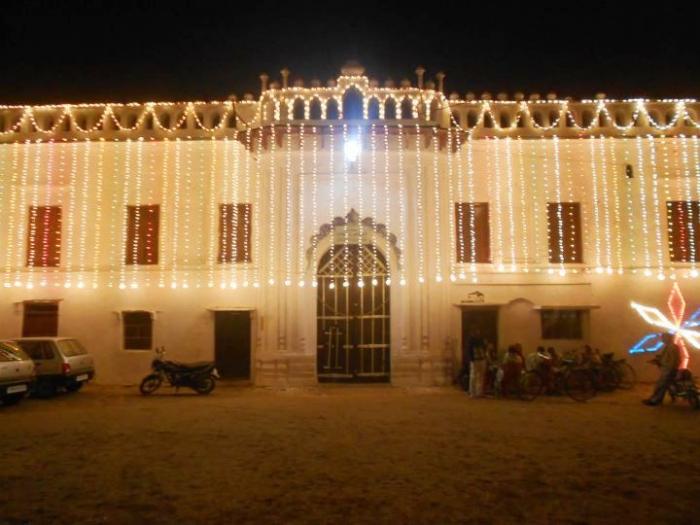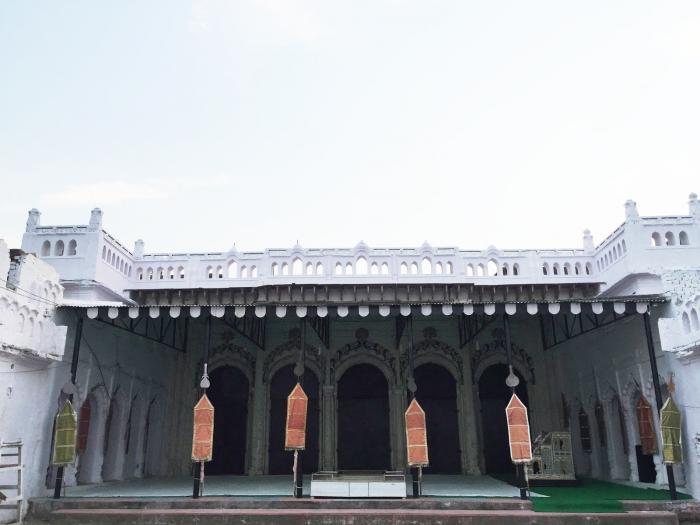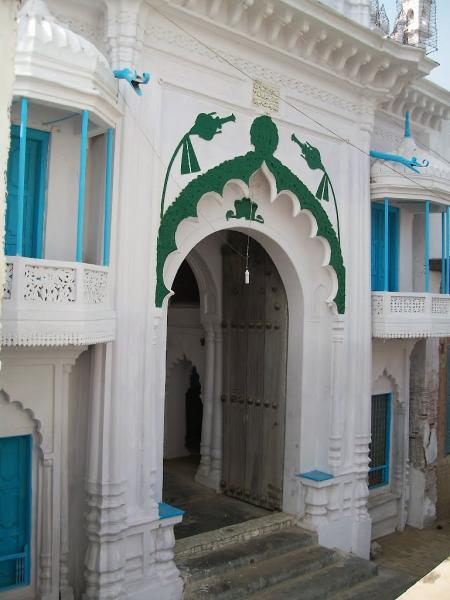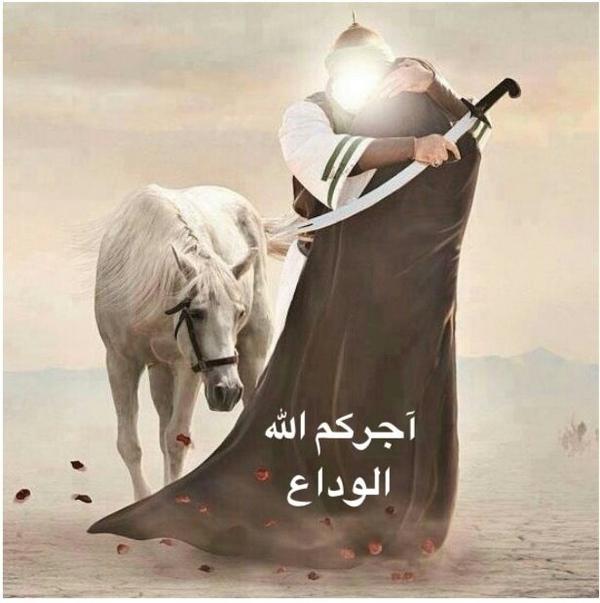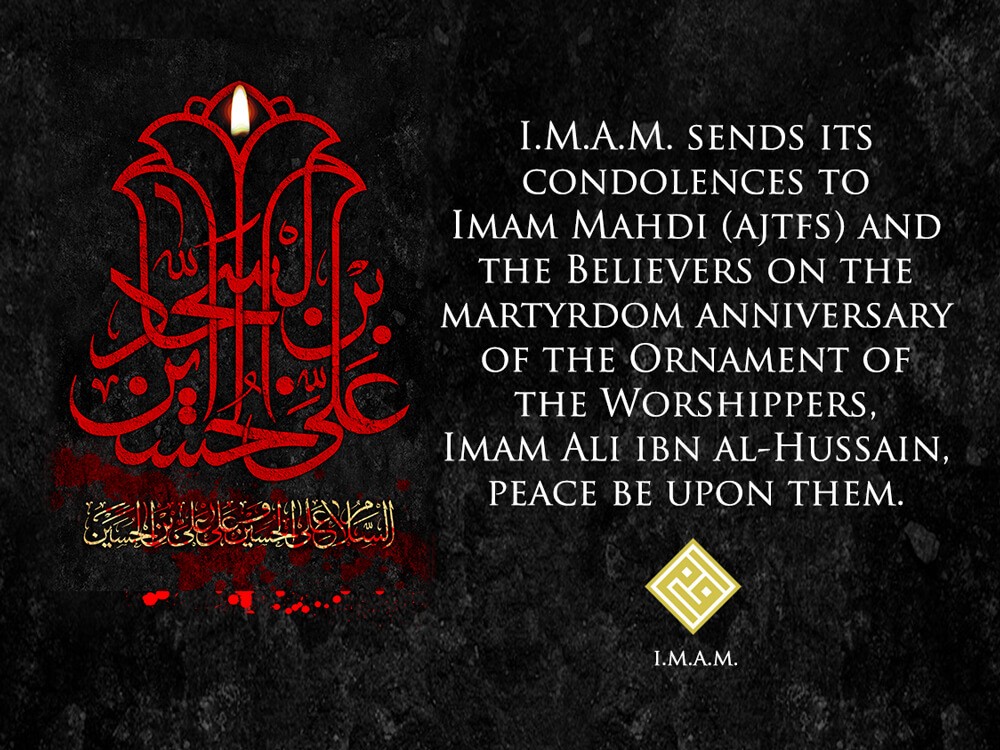Musawwir Zaidpuri (Janab Zaigham Abbas)
Dr.Mazhar
Naqvi
“Duniya Ki Qir’aton Mein
Lazzat Nahi Rahi,
Jab se Husain Naize Pe Quran
Suna Gaye
Pahunche to Karbala Mein Bahattar
Mijaz Log
Shabeer Ban Ke Sare Zamane
Pe Chha Gaye
Aaye to Balo Par Diye Fitrus
Ko Shaah Ne
Chalte Chalte Hur Ka Muqaddar
Bana Gaye” (Musawwir)
Musawwir
Zaidpuri is not a widely acclaimed name in Azadar world. His name surely has recognition
in certain pockets of Awadh and Gujarat. He, however, deserves more respect not
only as a ‘Shair-e-Ahle-Bait’ (Poet of Prophet and his progeny)or ‘Zakir(Orator)-e-Ahlebait’
but also for the sacrifices he has made to further the cause of Karbala
revolution. His original name is Zaigham Abbas. Born to Janab Nazar Abbas of Zaidpur,
Janab Zaigham also earned a government job in Kanpur after his education. Initially,
he enjoyed his work but soon realized as if he was wasting his time. While
attending Majalis in Zaidpur and Kanpur, the heart-rending scenes of Karbala
always moved him. Is government job is better than a life dedicated to service
of martyrs of Karbala? The question began haunting him and finally he left the
job to join a course in theology in a premier institution of Lucknow. He took
the decision without any hitch despite his humble financial background and
hosts of family responsibilities.
While
pursuing religious education, he started addressing majalis and composing
elegiac poetry under pen name of Musawwir. Blessed with presentation skills and
a gifted voice, he soon earned fame as a Zakir-e-Ahlebait. He began writing
Salams and Azadars admired him, invited him frequently, Anjumans sought his Kalam.
He was offered position to act as Pesh
Namaz in Gujrat and Kanpur. He played a significant role in establishing Anjuman-Raza-e-Islam
during its infancy about 25 years ago. His Salams and Nauhas gave the much
needed fillip and popularity to the newly formed Anjuman. After spending about
8- years in Kanpur as Pesh Namaz of Bam Wali Masjid of Patkapur locality, he
had to leave the city he loved a lot. The reason was his fascination for
reforming Imami community. Many found his approach critical and rigid. Zaigham Sahib
did not budge before such elements. His
stand was clear.”I address majalis to please Almighty and not individuals. I am
a Zakir not ‘Tajir’(Businessman).I can never cater to the needs of audience. I utter
what is expected of me. I left the job not for appeasing affluent, position
holders or dignitaries but to guide Imami community that I feel is not treading
on the path of Imam Hussain. One has to be a performer not a pretender in Azadari”.
He used such words in all his majalis and he even did not spare his hosts if
found them on the wrong foot. Unable to digest his ‘Islahi(reformative) Majalis’,
he earned unpleasantness of those believing more in physical fitness as compared
to spirituality associated with Karbala.
After
Kanpur, he went to Lucknow, Sultanpur, Himmat Nagar(Gujrat) but everywhere his
stay remained shortlives, for neither Zaigham sahib nor ‘duniyavi’ people mend
their ways. He suffered economic hardships but his spirit remained intact. A
few years back, he settled down in Zaidpur and began transport business at a
small scale. With the blessings of Masoomeen, he has a steady income. Of late,
he has done what erstwhile rulers and builders of Imambaras like Badi Sarkar and
Choti Sarkar could not do in Zaidpur. Zaigham sahib has established first madarsa of Zaidpur
to impart Imami education and training. Fortunately, he gets full support of
his family in his endeavors. He still recites majalis and gives Kalam to
Anjumans.Raza-E-Islam makes it a point to recite his Nauha’ Sughra ne Khat Mein
Likha Mujhko Bula Lo Baba’ and Alvida “ Fatima Zahra ke Dilbar Alvida, Alvida
Aie Sibte Payambar Alvida” before proceeding to Karbala on Yaum-e-Ashura every
year.
On
the request of blogger, he forwarded his photograph along with his Kalam recently
without even bothering to know the purpose. As nothing of the world attracts or
impresses him, Zaigham Sahib is silently but faithfully striving to paint Imami
community with true Hussaini color to
justify his takhallus ,’Musawwir’. (Based on the personal Information,
Conversation and inputs offered by members of Anjuman Raza-e-Islam).
The blogger can be reached at heritageman7@gmail.com or ww.drmazharnaqvi.com
The blogger can be reached at heritageman7@gmail.com or ww.drmazharnaqvi.com






